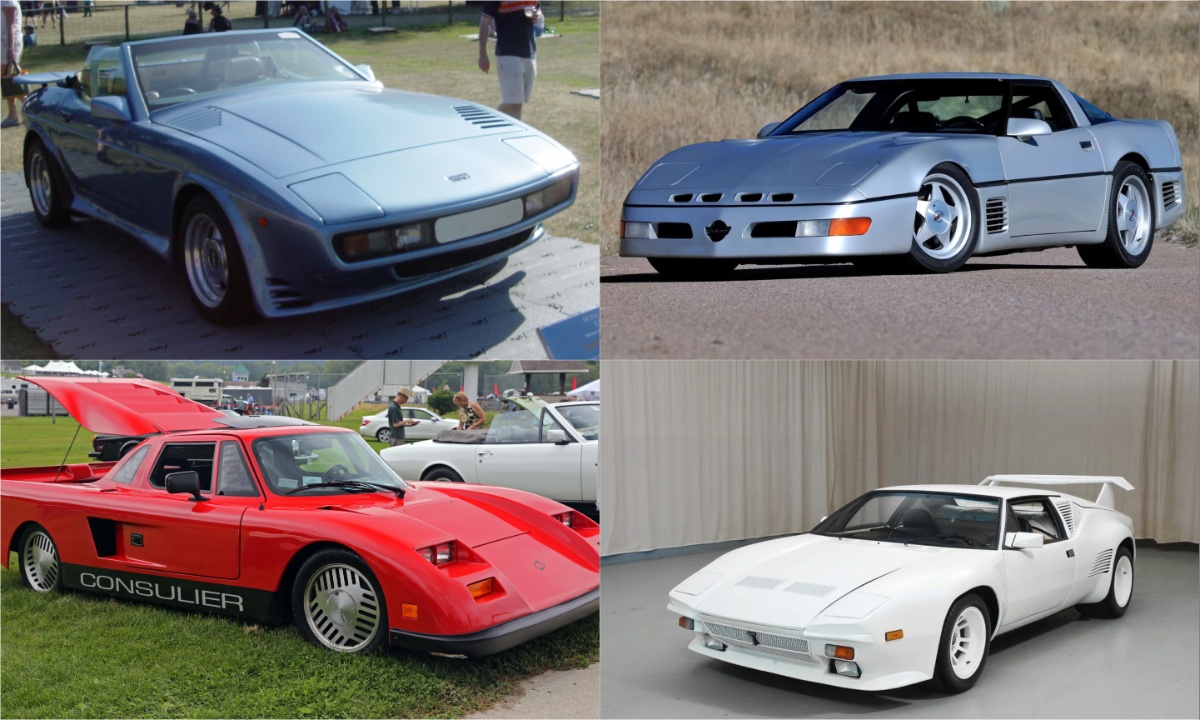The 1980s were a golden era for supercars, characterized by bold designs, innovative engineering, and breathtaking performance. While modern supercars push the boundaries of speed and technology, the icons of the ’80s laid the foundation for today’s automotive marvels.
Some of these legendary cars, like the Lamborghini Countach, have made triumphant returns. However, many equally deserving supercars have faded into obscurity. Here, we revisit ten remarkable supercars from the 1980s that deserve a second chance on the road.
1. 1981 Lamborghini Jalpa: The Underrated Hero
Lamborghini’s survival in the 1980s depended on the success of the Jalpa. Though it sold only 420 units in seven years, it played a crucial role in keeping the company afloat. Powered by a 3.5-liter V-8 engine producing 255 horsepower, the Jalpa was not as fast as the legendary Countach, but it was more practical.
It had better visibility, a lighter clutch, and a more manageable driving experience. Without Jalpa’s contributions, Lamborghini might not have survived long enough to update the Countach for the U.S. market, making it an unsung hero in the brand’s history.
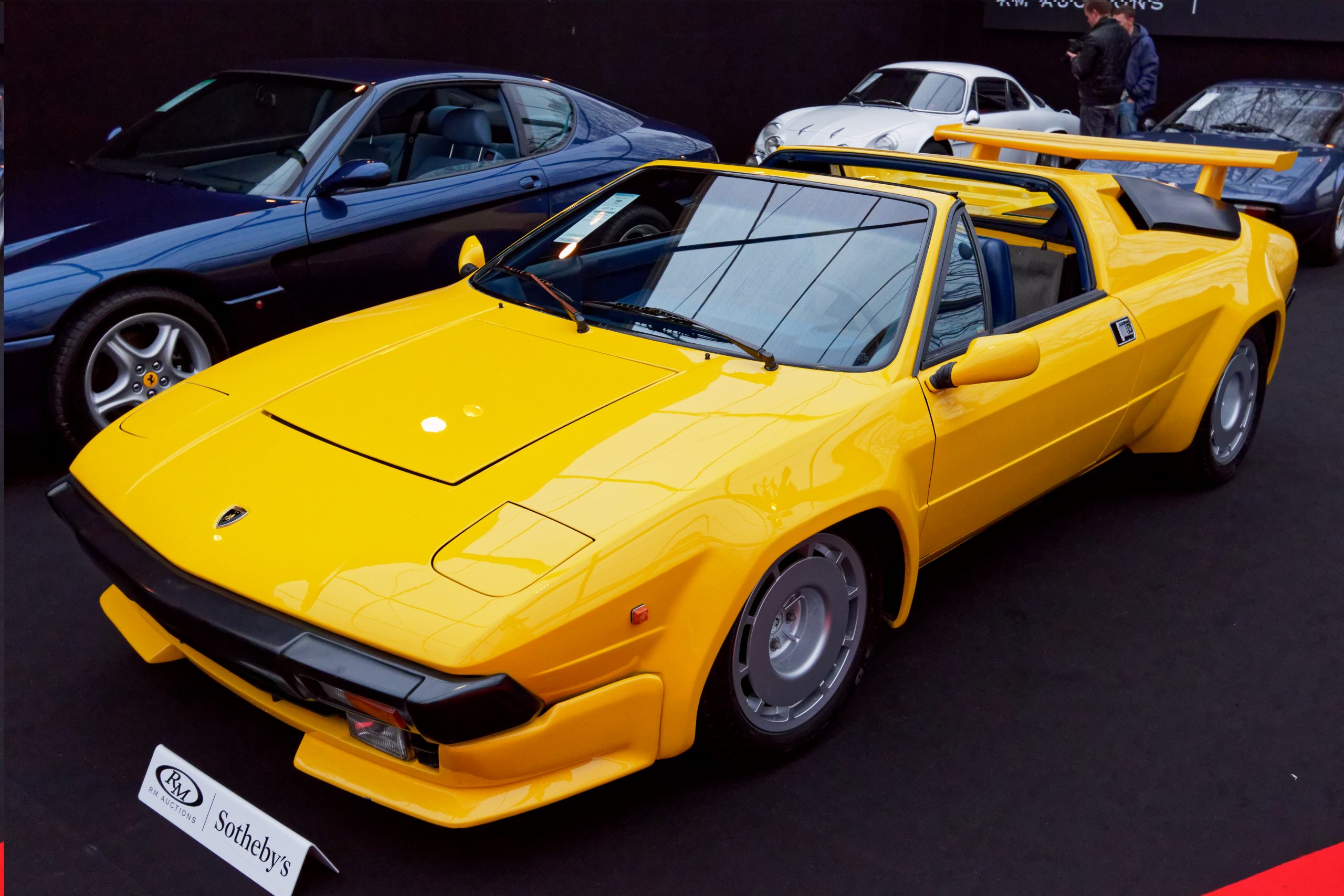
2. 1981 BMW M1: The Motorsport Legend
The BMW M1 was a collaboration between several industry giants, including Gianpaolo Dallara, Italdesign’s Giorgetto Giugiaro, and Lamborghini. BMW initially intended the M1 for motorsport, but homologation rules required the production of road-going models.
Under the hood, a 3.5-liter inline-six engine produced 274 horsepower, allowing the car to reach a top speed of 162 mph. Despite its racing pedigree and stunning design, BMW discontinued the M1 in 1981 after producing only 391 road cars. Given its rarity and historical significance, a modernized M1 would be a dream for car enthusiasts.
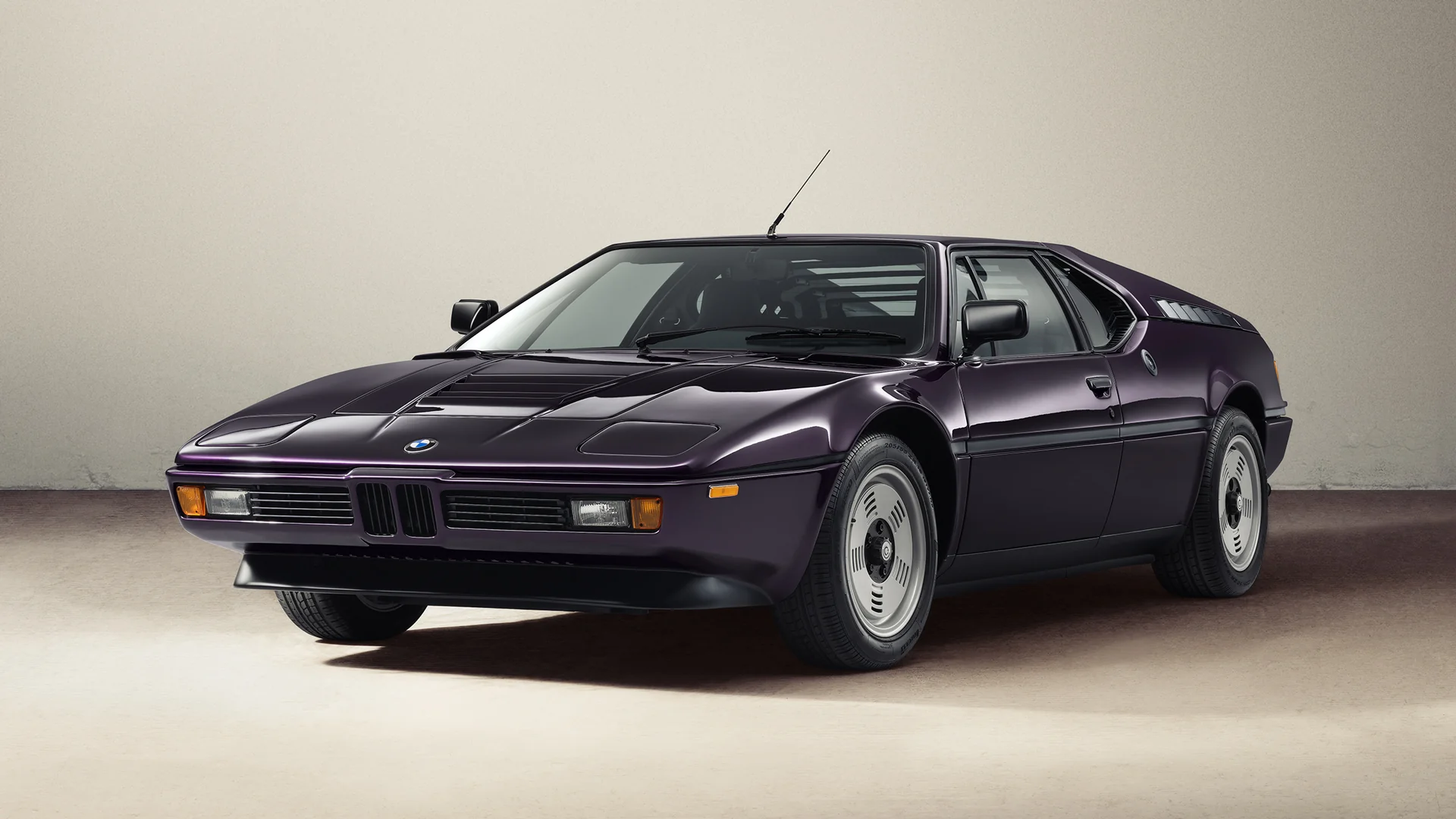
3. 1984 Isdera Imperator 108i: A Passion Project Realized
Born from the ashes of a rejected Mercedes-Benz concept, the Isdera Imperator 108i was the brainchild of designer Eberhard Schulz. Initially envisioned as the Mercedes-Benz CW311, the project was abandoned by the German automaker.
Undeterred, Schulz brought his vision to life under the Isdera brand. The car featured a Mercedes-Benz 5.0-liter V-8 engine producing 300 horsepower, allowing a top speed of 176 mph. With only 30 units produced, the Imperator remains a rare and intriguing supercar. A revival of this unique vehicle could reignite interest in boutique performance cars.
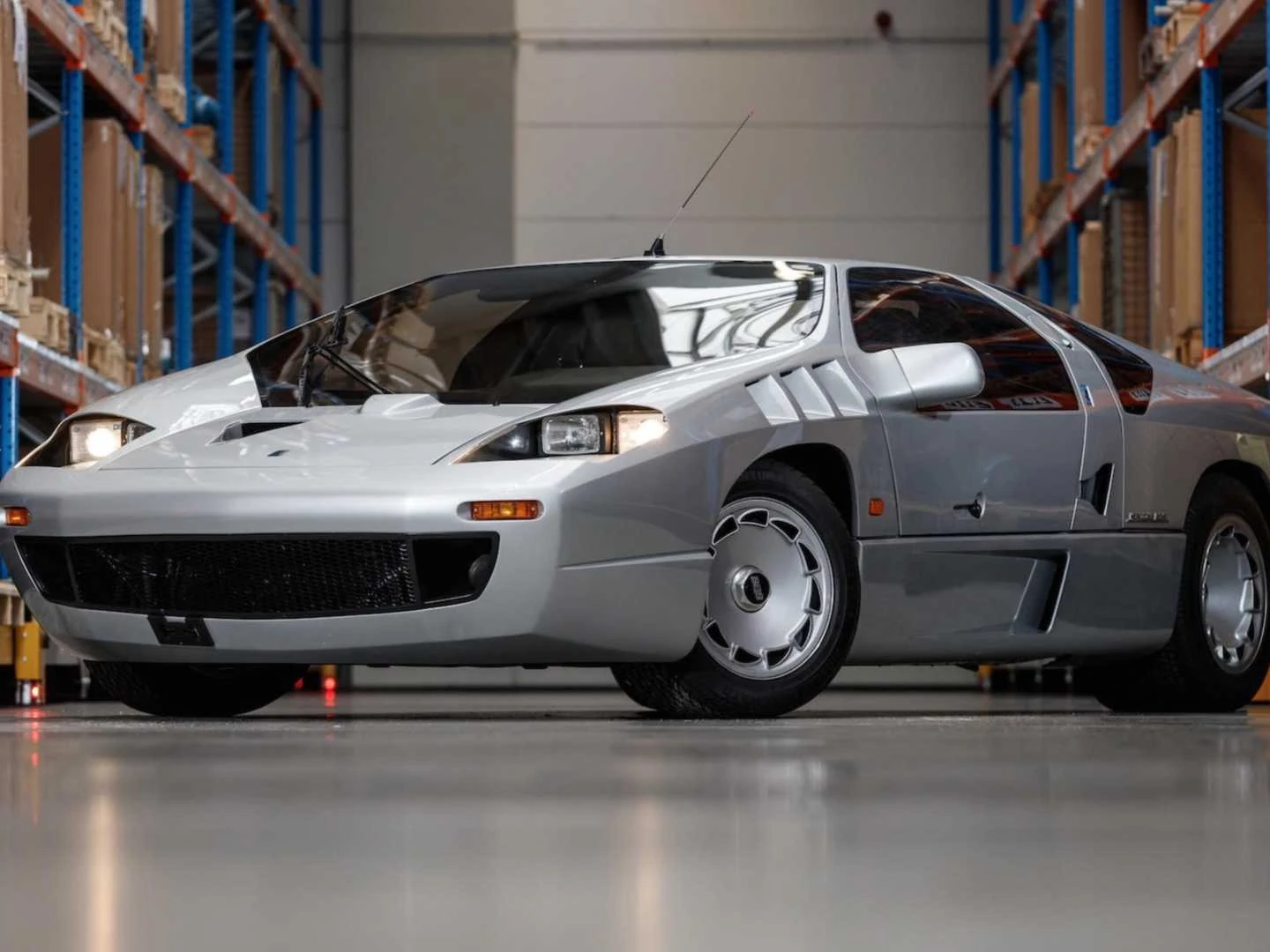
4. 1985 Mosler Consulier GTP: The Banned Racer
The Mosler Consulier GTP was a lightweight, high-performance machine that defied expectations. With a small 2.2-liter turbocharged inline-four producing 175 horsepower, it wasn’t the most powerful car of its time. However, its advanced carbon-Kevlar construction kept weight to a minimum, making it incredibly fast.
It won multiple IMSA racing events, but its dominance led to weight penalties and eventual banning. Despite its impressive capabilities, the car struggled to attract buyers due to its high price and unconventional looks. With modern advancements in aerodynamics and lightweight materials, a revived Mosler could be a track-day monster.
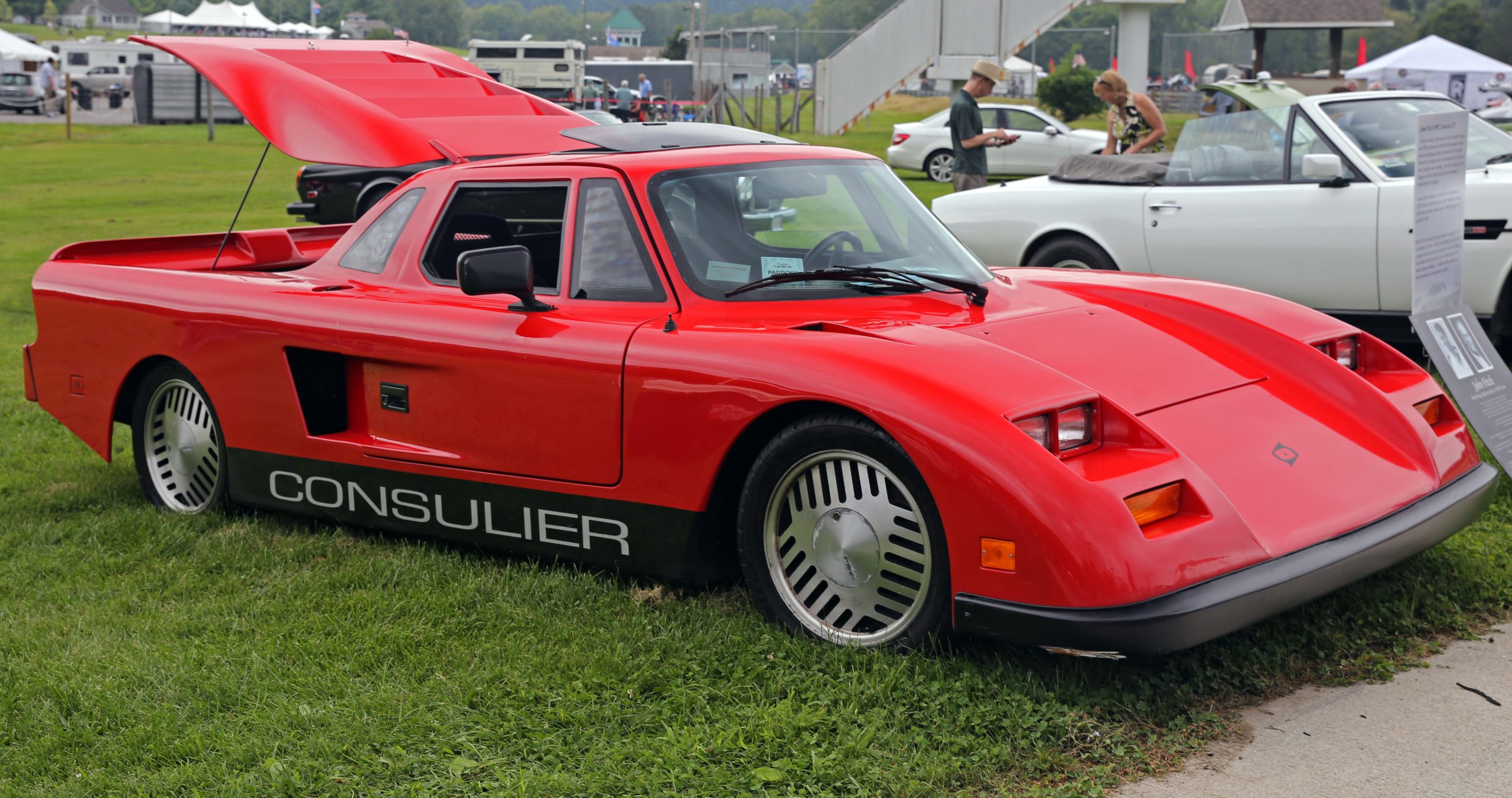
5. 1987 Porsche 959: The Technological Marvel
The Porsche 959 was one of the most advanced supercars of the 1980s. Designed for Group B rally racing, it featured a twin-turbocharged 2.8-liter flat-six engine producing 444 horsepower, enabling a top speed of 198 mph. Its all-wheel-drive system, adjustable suspension, and cutting-edge aerodynamics made it a technological marvel.
The 959 influenced countless future supercars and remains a sought-after collector’s item. A modern interpretation of Porsche’s latest hybrid or electric technology could push the boundaries of performance even further.
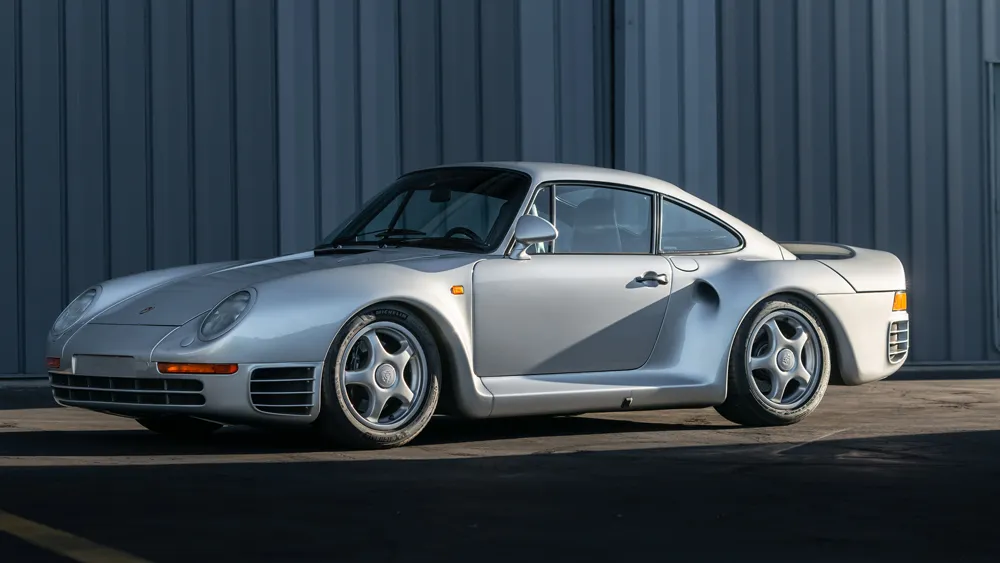
Also Read: 10 Best Road Trip Cars for Long-Distance Comfort And Luxury
6. 1987 Isdera Spyder 036i: A Handcrafted Masterpiece
The Isdera Spyder 036i was an open-top, lightweight supercar that embodied the art of handcrafted automotive engineering. Initially powered by a 2.3-liter Mercedes inline-six, later versions featured a 3.0-liter engine producing 217 horsepower.
Due to its lightweight fiberglass and tubular steel chassis, the car achieved a respectable top speed of 162 mph. However, production was painstakingly slow, with only 14 units ever built. A modern Spyder with advanced materials and a powerful AMG engine could bring Isdera back into the spotlight.
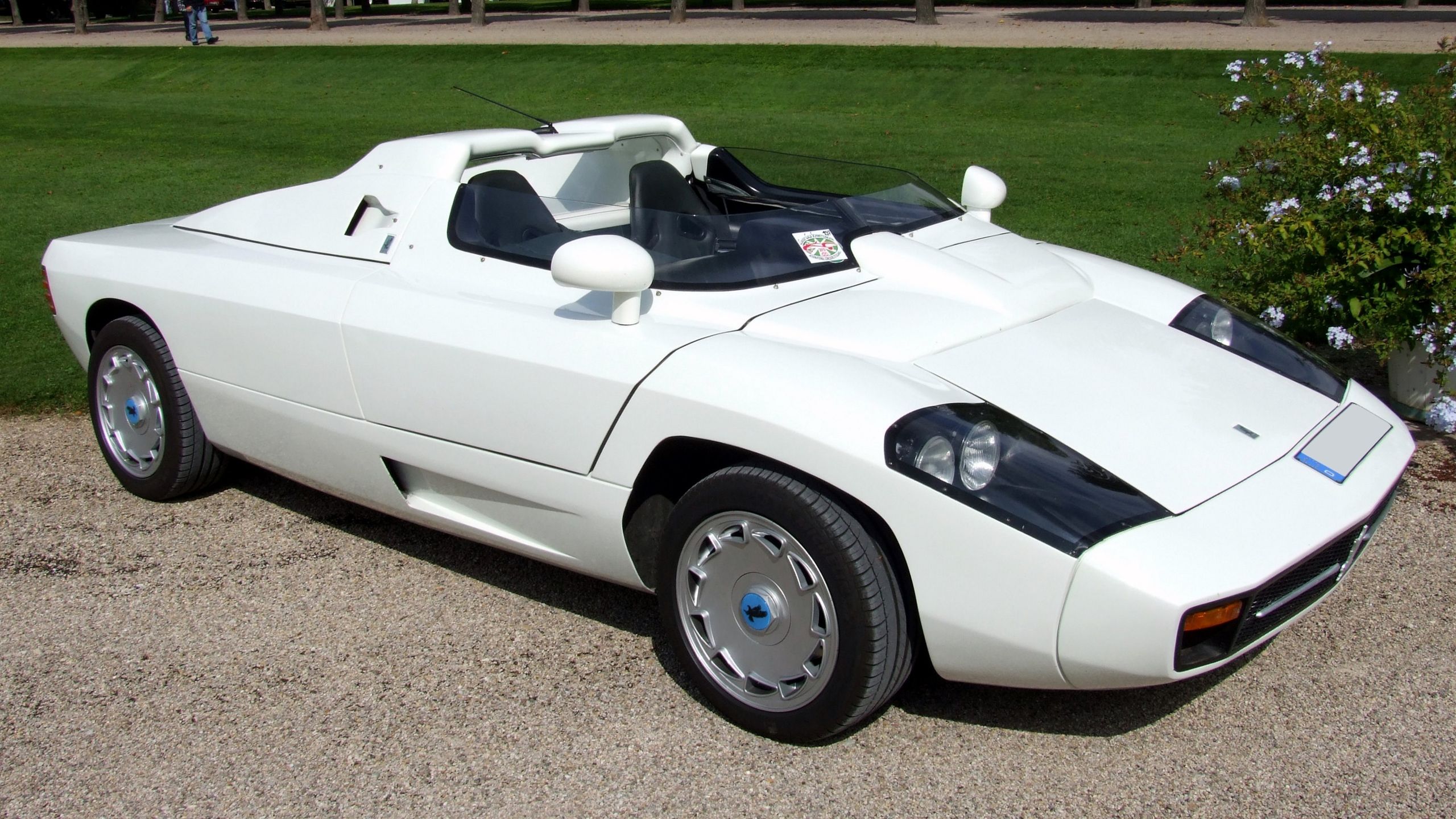
7. 1988 De Tomaso Pantera GT5-S: Italian Muscle with American Power
The De Tomaso Pantera GT5-S combined Italian design with American muscle. Unlike the previous Pantera models, the GT5-S featured an all-steel body with smoother, more aerodynamic lines. Under the hood, a 5.8-liter Ford V-8 engine churned out 345 horsepower, propelling the car to a top speed of 164 mph.
Its luxurious interior included leather seats, air conditioning, and electric windows, making it both fast and comfortable. A modern Pantera with a high-performance Ford powertrain could rival contemporary supercars while maintaining its retro appeal.
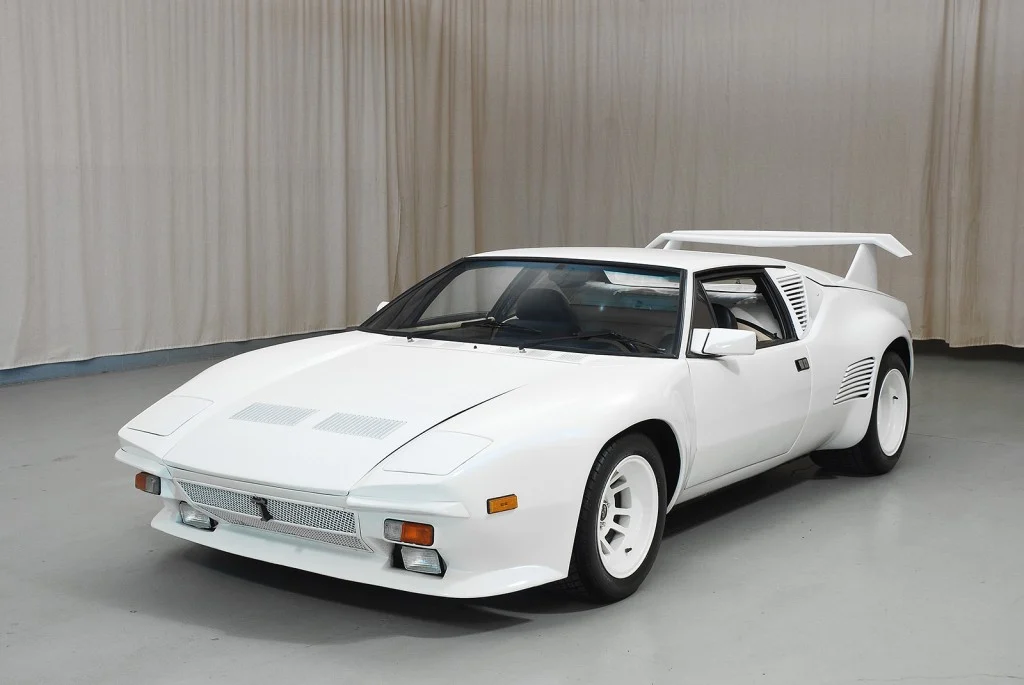
8. 1988 TVR 450 SEAC: The Lightweight Rocket
TVR’s 450 SEAC was a lightweight powerhouse featuring a 4.4-liter Rover V-8 engine that produced 325 horsepower. Thanks to its carbon fiber, Kevlar, and fiberglass construction, the car weighed just 2,493 pounds, allowing for a blistering 0-60 mph time of 4.3 seconds.
With a top speed of 167 mph, the 450 SEAC was one of the fastest cars of its time. TVR is known for producing raw, driver-focused sports cars, and a modern version of the 450 SEAC could capture the essence of lightweight, high-performance driving.
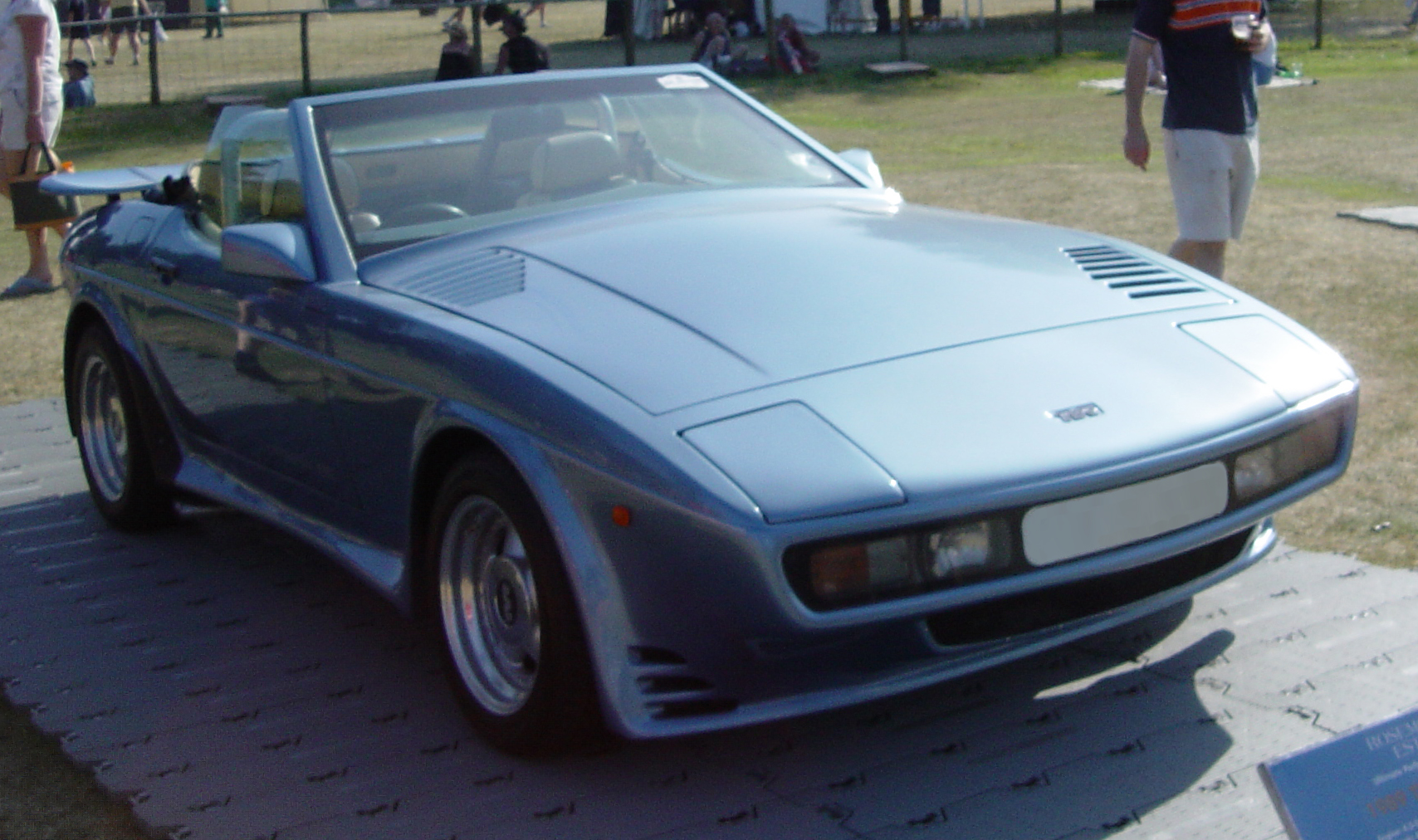
9. 1988 Callaway Sledgehammer ZR1: The Corvette That Shattered Records
Before the official release of the Corvette ZR1 in 1990, Callaway Engineering created the Sledgehammer ZR1, a record-breaking powerhouse. Powered by a twin-turbocharged 5.7-liter V-8 engine, the car produced an astonishing 880 horsepower.
With NASCAR-spec internals and Mahle pistons, it set a top speed record of 254.76 mph. Callaway still modifies Corvettes today, but none have reached the heights of the Sledgehammer. A new iteration of this high-speed beast could redefine American supercars once again.
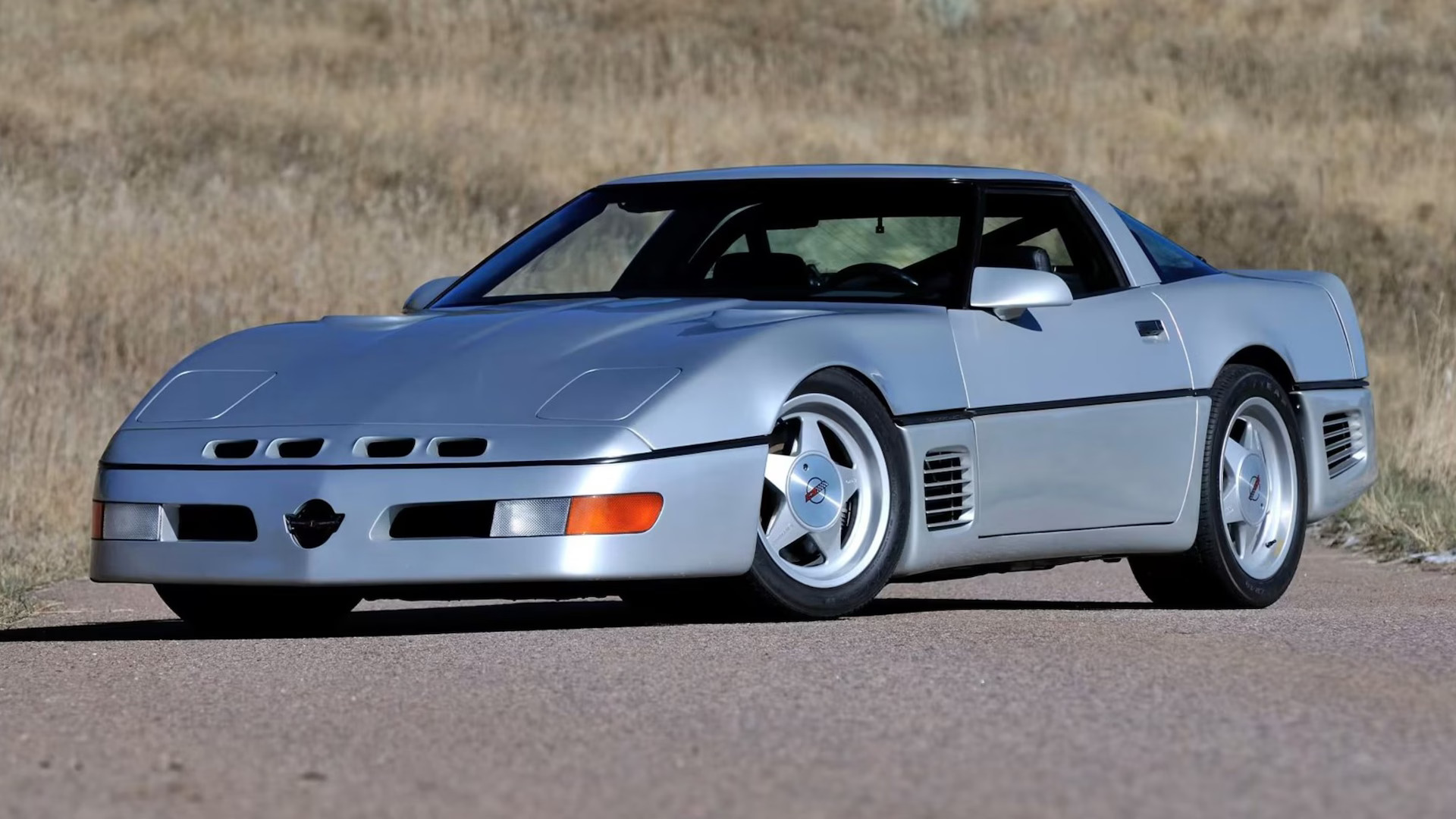
10. 1989 Vector W8: America’s Answer to the Supercar Giants
The Vector W8 was a futuristic supercar designed to compete with Ferrari and Lamborghini. Its twin-turbocharged 6.0-liter V-8 produced 625 horsepower, enabling a claimed top speed of 242 mph. Built with Kevlar, fiberglass, and carbon fiber, the W8 was technologically advanced for its time.
However, it was plagued by reliability issues and an exorbitant price tag. Only 19 units were made before the company folded. A modern Vector W8, with updated reliability and cutting-edge performance, could be a worthy competitor in today’s supercar market.
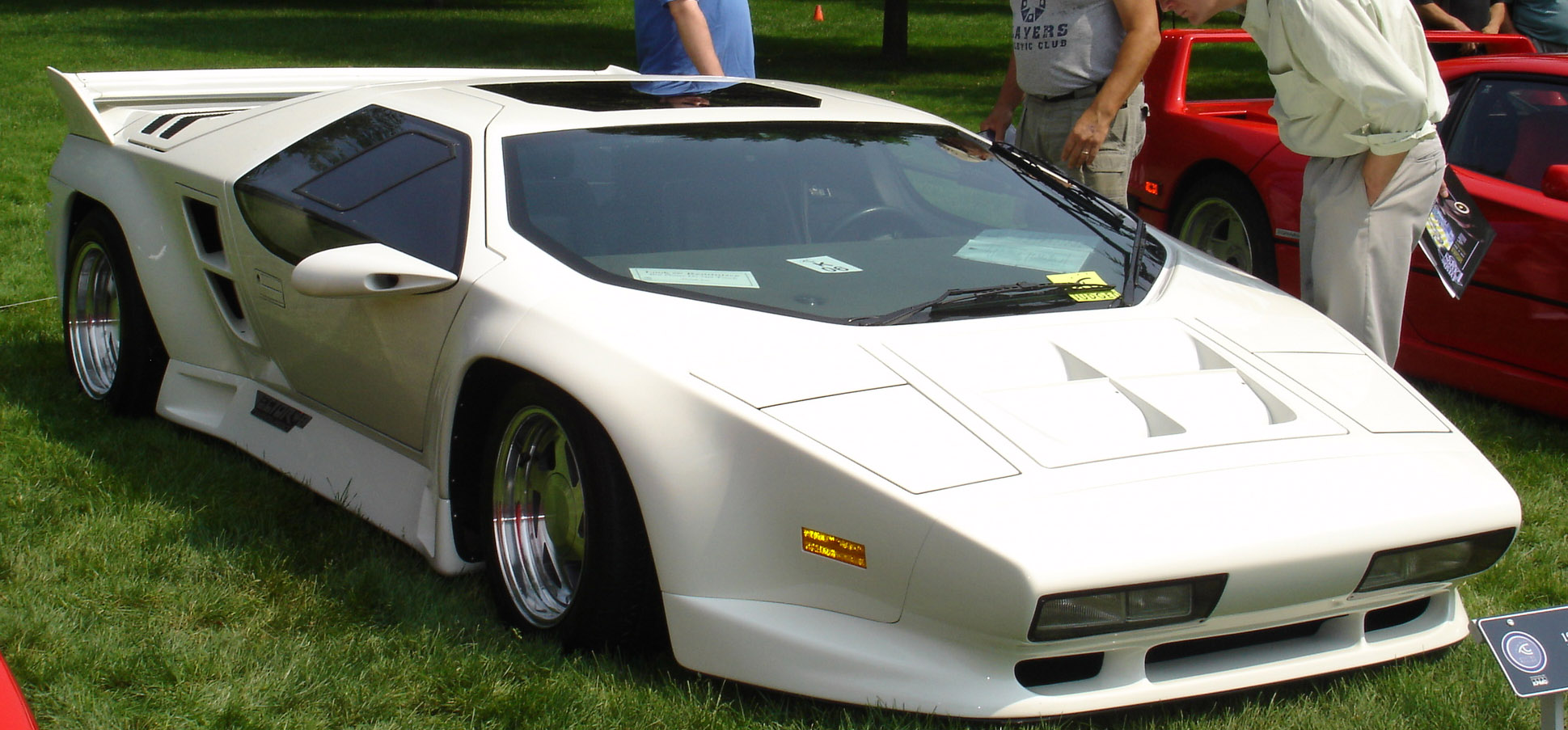
The 1980s saw an explosion of creativity and engineering brilliance in the supercar world. While some of these icons have been resurrected, many remain forgotten despite their significant contributions to automotive history. Each of these ten supercars pushed the boundaries of performance, design, and technology in their own way.
With the resurgence of retro-inspired cars and modern technology making old ideas even better, now is the perfect time to bring these forgotten legends back to life. Whether through electric powertrains or high-performance combustion engines, a new generation of these iconic supercars could once again capture the imagination of car enthusiasts worldwide.
Also Read: 10 Best Used Cars Under $20,000: Reliable, Efficient, and Feature-Packed Options

